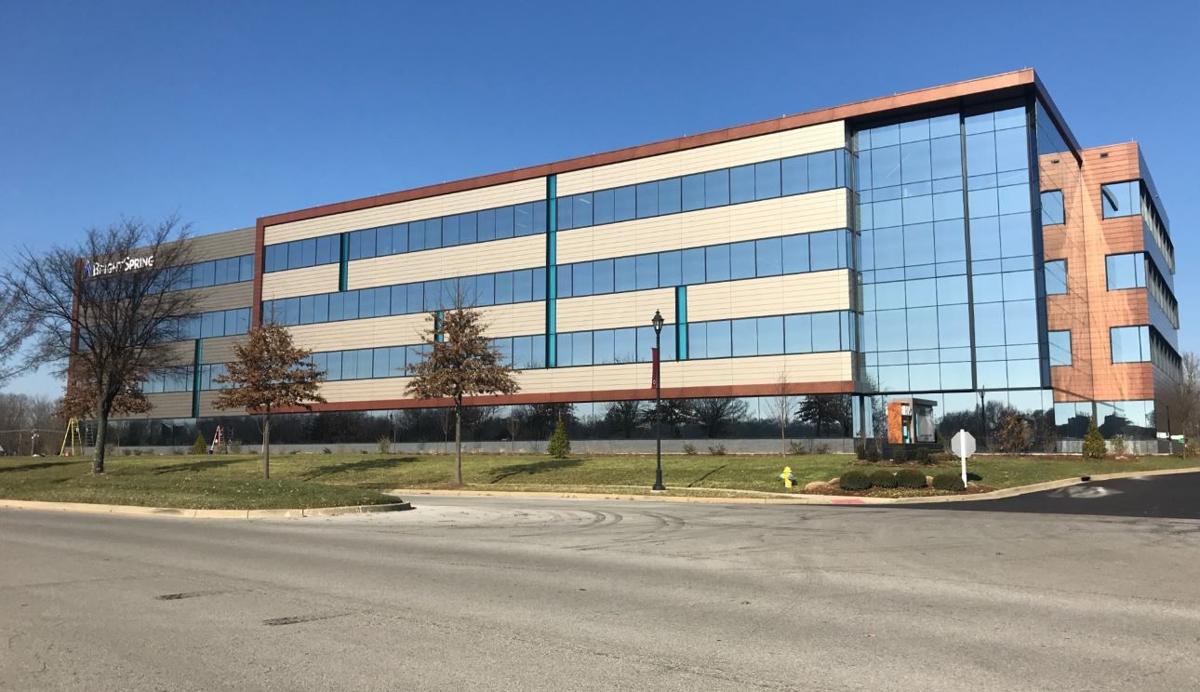
Care Transition Teams to Play Bigger Role in Post-PDGM World
With less than eight months to go, home health providers across the country are starting to shift their Patient-Driven Groupings Model (PDGM) preparation into high gear.
For some providers, PDGM readiness has meant building relationships with institutional referral sources and targeting more medically complex patients in need of nursing care. Strengthening coding capabilities and knowhow has taken top priority for others, as PDGM creates 432 case-mix payment groups based on timing, admission source, clinical characteristics, functional impairment and co-morbidity status.
Meanwhile, at Shanadoa Home Health Inc. in Bartlesville, Oklahoma, PDGM preparation has partly meant a heightened focus on care transitions with its local health care partners.
Established in 2007 by owner Shanda Minson, Shanadoa Home Health provides a variety of services covered by Medicare, Medicaid and on a private-pay basis.
“It’s been a while since we’ve had a change this big,” Minson told Home Health Care News at the Home Health Administrator’s Summit earlier this month. “We truly believe the key is admissions data with minimal information gaps. For us, being part of a care transitions team puts us a step ahead.”
With a Medicare home health census of about 200 patients, Shanadoa Home Health operates across most of northeastern Oklahoma.
In 2010, the provider joined a small care transitions project based out of Jane Phillips Medical Center and Hospital, a member of Ascension’s St. John Health System. The initial goal of the care transitions project — launched in 2009 with support from the Oklahoma Foundation for Medical Quality — was to reverse a spike in pressure ulcers throughout the community.
The project accomplished that early goal and has since broadened its scope, according to Minson. Today, members of the care transitions team include about 100 nursing homes, assisted living facilities (ALFs), skilled nursing facilities (SNFs), urgent care centers, hospice agencies — and at-home care providers like Shanadoa Home Health.
“As the project was going on, we identified that … nobody was owning where the pressure ulcers were starting because it was a blame game between providers,” Minson said. “’It started at the nursing home. No, it started at the hospital.’ What came out of the project was this need to put that aside and increase communication between agencies and care settings for better care transitions.”
When it comes to PDGM, a patient’s co-morbidity scoring could end up being 20% of a home health agency’s overall payment.
Additionally, based on 2017 data, the Centers for Medicare & Medicaid Services (CMS) estimates that 15% of all episodes initiatives under PDGM will be over the questionable-encounter variety. A questionable encounter is classified as a claim submitted without a primary diagnosis matching of PDGM’s clinical groupings.
That will make seamless care transitions with complete patient information critical to a home health provider’s success, according to Minson. As part of Shanadoa’s care team workflow, each patient member organizations care for is given a standardized form with essential health, discharge and personal information.
“We’re communicating more than I think most in this industry get to do,” she said. “Anywhere that patient goes, that basic information that every health care provider needs to know … it moves with them.”
Forming a care team
In many ways, Shanadoa Home Health “lucked into” their care transitions team arrangement with Jane Phillips Medical Center, Minson said.
For home health providers looking to join or form a care transitions team of their own, SNFs may be good places to start, she said. While hospitals are the ideal health care hub of a potential team, SNFs are often more accessible and more willing to pursue innovative solutions.
The SNF industry is likewise dealing with a forthcoming payment overhaul of its own, Minson noted, refrring to the Patient-Driven Payment Model (PDGM).
“I believe focusing on SNF-to-home is a good place to start. It’s very hard to do well,” she said. “I think it would be great for other people to start there and then once you have data, once you have results and other findings … then you can take that to the hospital and say, ‘Hey, look at what we’re doing.’ You can try to get their attention that way.”
SNFs are also penalized for when their patients are readmitted to the hospital shortly after a discharge. If a home health provider can demonstrate an ability to curb those costly re-hospitalizations, that’s a win-win scenario, Minson said.
“It benefits you,” she said. “It benefits me. Let’s open those lines of communication.”



